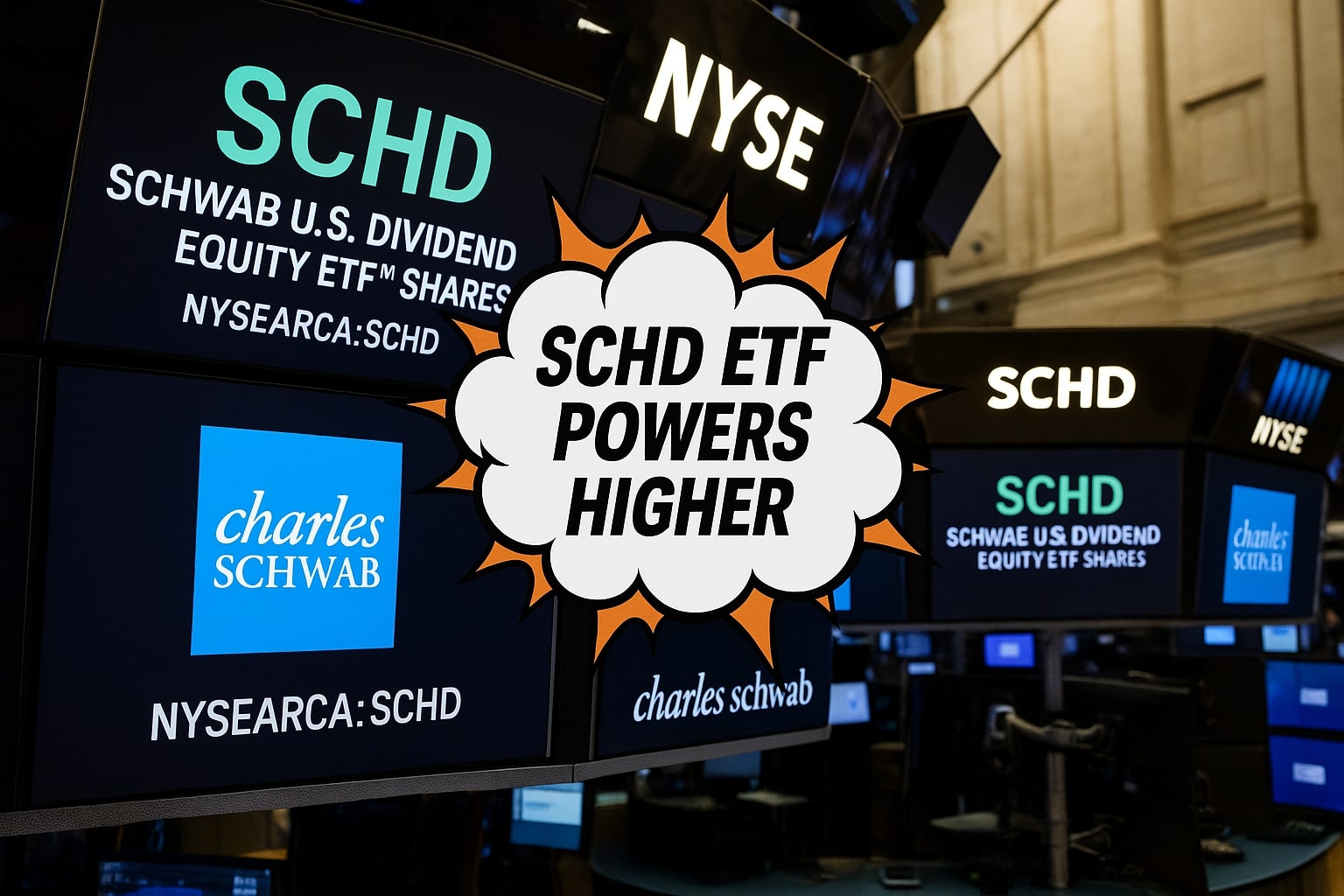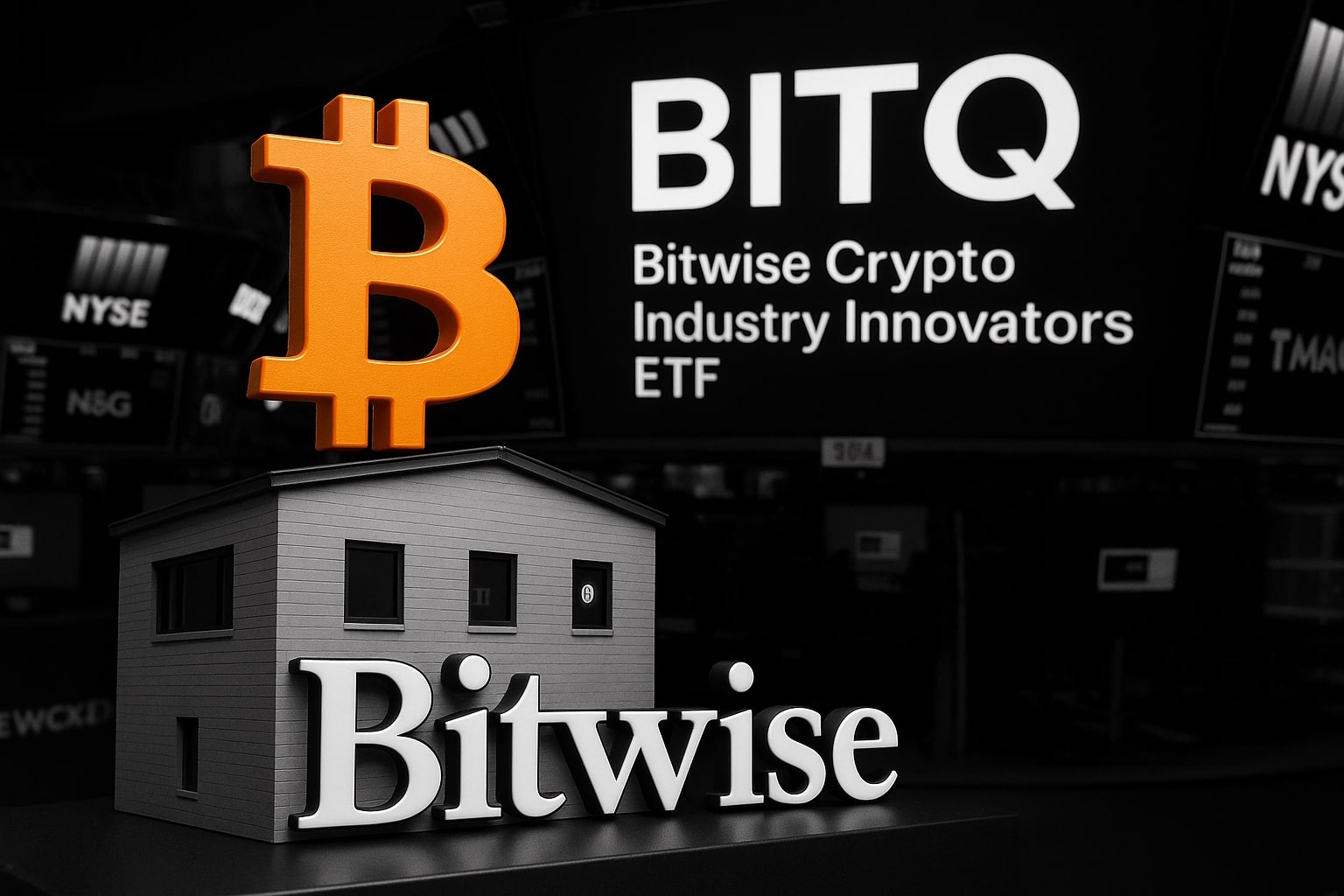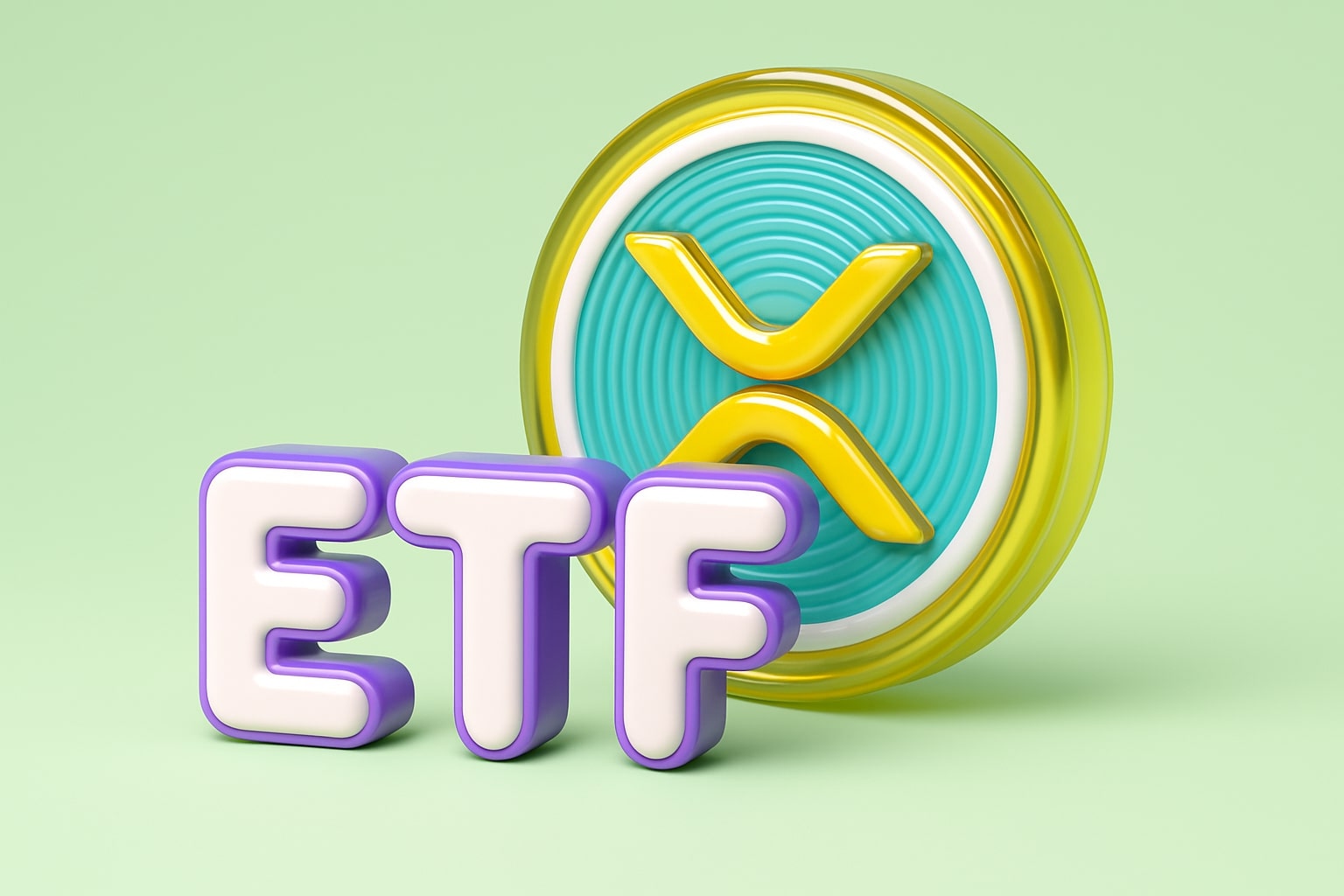
SCHD ETF Powers Higher: Energy Bet, 3.9% Yield, and Rate-Proof Strategy
With a 3.9% yield and energy holdings up 21%, SCHD outperforms dividend peers while dodging rate-sensitive sectors. Is it the best ETF for 2025? | That's TradingNEWS
SCHD’s Strategic Energy Tilt Defends Against Rising Borrowing Costs
The Schwab U.S. Dividend Equity ETF (NYSEARCA:SCHD) is strategically positioned to weather persistently high borrowing rates, with a deliberate shift away from debt-reliant sectors like REITs and utilities. SCHD’s latest allocation pushes Energy to the forefront at 21.1%, displacing the Financials sector after an 8.7% cut. In contrast, REIT exposure stands at 0% and Utilities at just 0.04%. This insulation from rate-sensitive sectors offers defensive advantages amid elevated Treasury yields, which have hovered above 4.9% following Moody’s U.S. credit rating downgrade.
Dividend Strength and Valuation Spread Favours SCHD Over SCHH
SCHD’s dividend yield stands at a robust 3.9%, and the fund’s historical 10-year dividend growth rate has reached 161%. Compared to SCHH, the dividend yield spread currently sits at 0.79%, well above the 10-year average of 0.361%. SCHD’s top 10 holdings comprise 41.08% of its $68.3 billion portfolio, including energy giants like Chevron (CVX) and ConocoPhillips (COP), which directly benefit from WTI and Brent price surges. With Brent recently climbing above $85/barrel on Middle East tensions, these holdings are poised for upside.
SCHD Delivers NAV Stability Despite Short-Term Drag
SCHD has underperformed near term, delivering only 3.9% YTD NAV growth. However, since inception, it boasts a 12.2% annualized NAV return, eclipsing VIG’s 9.6%. In total, SCHD’s NAV has risen 215.8% since launch, supported by disciplined sector rotation and dividend compounding. The ETF’s low expense ratio of 0.06% adds efficiency, further enhancing real returns.
Energy Overweight Sparks Cyclical Upside Amid Inflation Easing
SCHD’s procyclical posture benefits from its March 2025 portfolio rebalance, which capitalized on surging petroleum prices following geopolitical shocks. The ETF’s tilt toward Energy amplifies its NAV when commodity markets tighten. With inflation moderating and the U.S. economy rebounding, this sector exposure aligns with growth-friendly environments and hedges against stagflation risks.
Comparative Advantage Over VIG and SCHH Becomes Clearer
Compared to VIG’s mere 2.7% Energy weighting, SCHD’s 21.1% exposure gives it a cyclical edge. While VIG shows relative strength in short-term performance, SCHD’s consistent dividend growth and NAV expansion present superior long-term wealth-building potential. SCHH’s concentration risk — with 47.66% of assets in its top 10 REITs — and lower yield spread make SCHD the more stable, income-driven choice.
Turnover and Tax Efficiency Still Pose Minor Friction
SCHD’s 29% turnover rate is significantly higher than SCHH’s 8%, potentially introducing more trading friction. However, this rebalancing discipline allows SCHD to reorient quickly toward high-opportunity sectors — as evidenced by the timely energy overweighting — making the short-term tax cost worthwhile given the long-term performance tailwinds.
Buy Rating Reinforced: SCHD Positioned for NAV and Yield Growth
With Treasury yields elevated, SCHD’s avoidance of REITs and Utilities — sectors that underperform when borrowing costs spike — adds structural resilience. The ETF’s aggressive shift toward Energy, high dividend yield (3.9%), consistent long-term NAV growth (12.2% annualized), and strong dividend expansion (161% over 10 years) offer a compelling blend of income and appreciation. Its valuation advantage over SCHH and VIG, sector flexibility, and procyclical positioning suggest further upside.
Verdict: SCHD is a BUY — the ETF offers income stability, inflation defense, and sector agility for long-term investors looking for durable wealth compounding amid macro uncertainty.
That's TradingNEWS
Read More
-
BITQ ETF Soars 66.55% as Bitcoin Blasts Past $124,000 — Crypto Equities Lead 2025 Rally
13.10.2025 · TradingNEWS ArchiveStocks
-
XRP ETFs XRPR, XRPI Slip as Ripple XRP-USD Holds $2.62 — SEC Fast-Track Could Ignite $20B
13.10.2025 · TradingNEWS ArchiveCrypto
-
Natural Gas Price Forecast - NG=F Steadies at $3.00 as U.S. Export Boom Tests Old Fields
13.10.2025 · TradingNEWS ArchiveCommodities
-
USD/JPY Price Forecast - Dollar to Yen Climbs to ¥152.28 as Japan’s Political Shakeup
13.10.2025 · TradingNEWS ArchiveForex


















